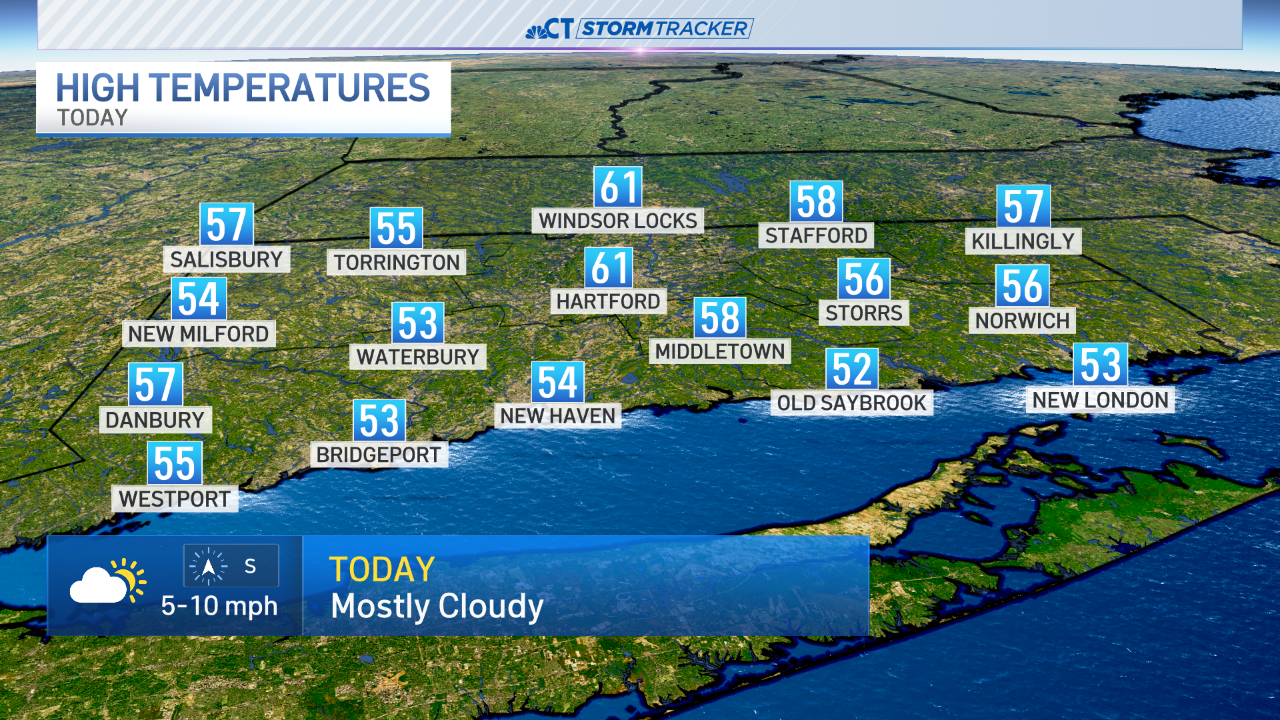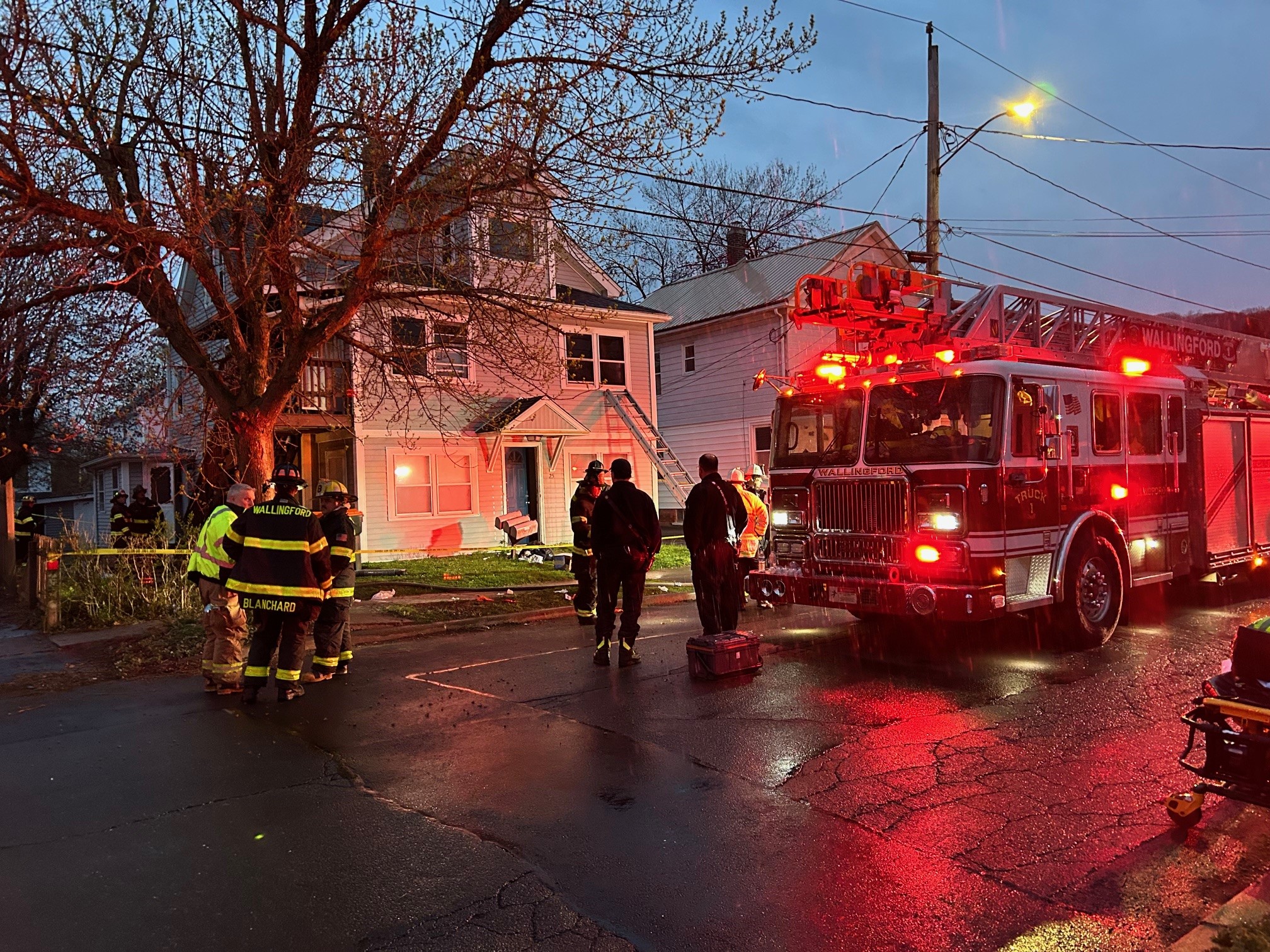Connecticut has been a leader in the development of offshore wind farms with two projects currently underway -- one out of New London and the other in Bridgeport. While this renewable energy is essential to combating climate change, offshore wind construction can leave a big impact on the ecosystem.
From birds flying high above the water to all of the species below the Sound's surface, offshore wind can be very disruptive to our local ecosystems. But the Connecticut Department of Energy and Environmental Protection has launched a new partnership that will help protect New England wildlife.
“Everyone recognizes the need for additional offshore wind development,” Rick Jacobson, the chief of the Connecticut Department of Energy and Environmental Protection’s Bureau of Natural Resource. “And they also recognize the need for regional collaboration to make sure that our ecosystems are protected.”
Cue the launch of the Regional Wildlife Science Entity that will research and monitor the effects of offshore wind development on wildlife and ecosystems.
Get Connecticut local news, weather forecasts and entertainment stories to your inbox. Sign up for NBC Connecticut newsletters.
“It’s a coalition of states, federal agencies, non-governmental conservation organizations and industry that are all focused on how best to ensure the conservation of wildlife,” Jacobson said.
From vibration that spreads miles underwater to birds colliding with turbines, there are a number of hazards associated with offshore wind farms.
“What we’re striving to do right now is define an agenda of what is the most important research that needs to be completed, what the most important monitoring to be doing,” Jacobson said.
Local
Research will be conducted by a number of organizations, including universities, the New England Aquarium and Mystic Aquarium.
One group partaking in an environmental impact study is Park City Wind, which will soon transform part of Bridgeport Harbor into a thriving hub for construction and staging of offshore wind.
“We’re doing quite a bit of science base in terms of pre-construction surveys and sort of getting baseline data for our projects,” Andrew Doba, of Park City Wind, said. “But the regional approach will help us look that much broader and have an impact, not just on our work but on the industry’s.”
Park City Wind’s first offshore project is in the development phase, but once completed, it will be the first commercial-scale wind farm in the United States.
“We’re taking many precautions to limit any potential impact on the environment,” Doba said. “Above all, what we want is to be guided by science, to learn and you know then to take what we learn and put it into practice so that going forward we continue to raise the bar.”
The RWSE is funded by annual contributions and support from members in the federal, state and nongovernmental organizations, as well as by significant support from industry partners and stakeholders.
Learn more about the work being done by DEEP and Park City Wind here.



